Ecosystems By U.S. Gov Connect For Articles And Videos.
Please Update From Articles and Videos By Date.
2025 Hurricane Season Alert: How to Stay Safe and Informed.
Learn MoreBy Patrick Tennant | 04/01/2025
As climate change continues to influence global weather patterns, the upcoming 2025 hurricane season is projected to be particularly active, according to experts at Colorado State University (CSU), a leading institution in tropical meteorology and climate prediction. With the dramatic impacts of hurricanes becoming more pronounced each year, CSU's predictions play a crucial role in preparations and response efforts along the Atlantic coastline and beyond.
What Every Environmentalist Should Know: U.S. Financial Interests in Peru's Palm Oil Industry
Learn MoreIn the intricate dance of global economics and environmental conservation, palm oil sits at the center as a commodity with profound implications for profit and ecology alike. Predominantly cultivated in Southeast Asia, palm oil has made significant inroads into South America, with Peru emerging as a noteworthy player in the industry. However, the expansion of palm oil plantations presents both opportunities and challenges: it can lead to economic growth but also poses severe threats to vital ecosystems such as Peru's rich rainforests.
The Top 10 Contaminated Superfund Sites in the United States.
 Learn More
Learn MoreSuperfund sites are locations in the U.S. that have been designated by the Environmental Protection Agency (EPA) as requiring cleanup due to hazardous waste contamination. Here are ten of the most notorious Superfund sites, highlighting the severity of contamination and the ongoing efforts to restore these areas.
02/15/2025 | Padraig Mansfield | Editorial
How Space Junk Threatens Future Space Exploration?
 Learn More
Learn MoreAs humanity delves deeper into space exploration, the increasing amount of debris orbiting our planet poses significant challenges. This article highlights the top seven ways space junk threatens the future of exploring the cosmos..
02/15/2025 | Padraig Mansfield | Editorial
Discover How Climate Change is Reshaping Earth's Ecosystem?
Learn MoreClimate change is one of the most pressing issues of our time, profoundly affecting our planet's ecosystems. As temperatures rise and weather patterns shift, the natural world is responding in ways that are both complex and alarming. Here are seven key ways climate change is reshaping Earth's ecosystems
GEOMAGNETIC STORMS FOR 2025
 Learn More
Learn MoreAs we look ahead to 2025, here are the top 7 things to expect regarding geomagnetic storms!
Fighting Fire with Water: Exploring Ocean Water Solutions for Los Angeles Fires.
 Learn More
Learn MoreAs wildfires continue to ravage parts of Los Angeles and across California, the need for effective firefighting strategies becomes increasingly critical. One potential solution that has sparked debate is the use of ocean water in firefighting efforts. Here are seven reasons why this approach is worth considering in the battle against raging infernos.
7 Key Factors Influencing Desalination Costs in California
 Learn More
Learn MoreInterested in the economics of desalination? Explore the key factors affecting desalination costs in California and learn how they impact water supply solutions in the region.
California Dreaming: The Safest Places to Live in California From Earthquakes.
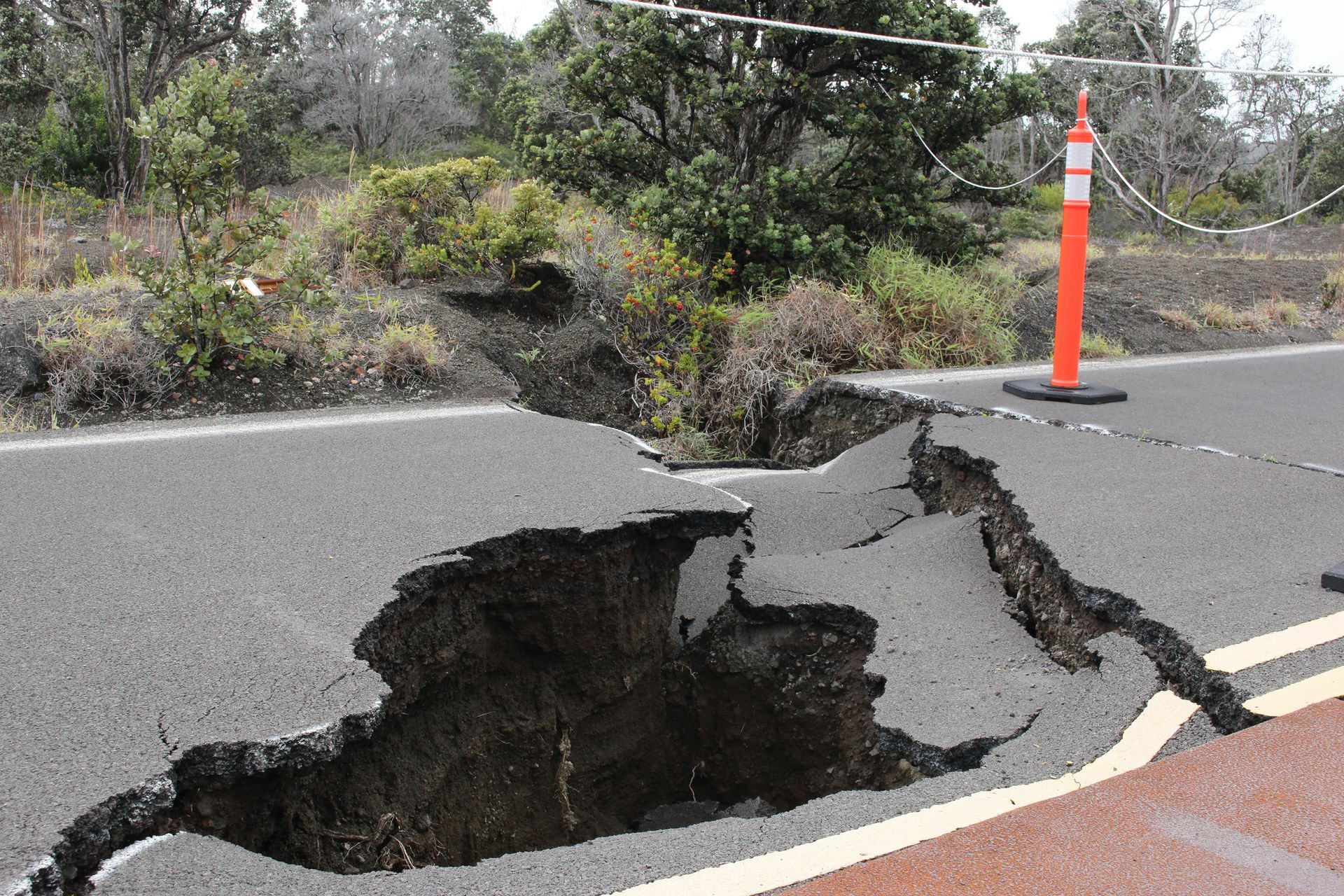 Learn More
Learn MoreNeurogenesis, the process of generating new neurons in the brain, is intricately linked to the cell cycle. This fascinating interplay influences nervous system development, repair, and overall brain function. Here are the top 7 things to know about neurogenesis and the cell cycle.
Microplastics in Our Food: What You Need to Know?
 Learn More
Learn MoreIn recent years, the issue of microplastics in our food has gained significant attention. Microplastics are tiny pieces of plastic less than five millimeters in size that can be found in the air we breathe, the water we drink, and the food we eat.
Once-in-a-Lifetime Phenomenon: Nova Explosion to Light Up the Sky.
 Learn More
Learn MoreGet ready for a spectacular celestial event! A nova explosion, located 3,000 light-years away from Earth, is set to be visible to the naked eye very soon. This rare astronomical phenomenon is sure to captivate stargazers and astronomy enthusiasts alike.
Cosmic Contagion: Super-Bacteria Discovered on the International Space Station.
 Learn More
Learn MoreIn a recent discovery that has left scientists both intrigued and concerned, super-bacteria have been found on the International Space Station (ISS). These super-bacteria strains have shown resistance to multiple antibiotics, posing a potential threat to the health of astronauts on board the ISS.
Why is the Doomsday Glacier considered a threat?
 Learn More
Learn MoreThe Doomsday Glacier, also known as Thwaites Glacier, is considered one of the most dangerous glaciers in the world due to its potential to contribute significantly to sea-level rise. Located in Antarctica, this massive glacier has been melting at an alarming rate in recent years, and scientists are deeply concerned about the consequences of its collapse.
In what ways could wildlife and ecosystems be affected by a hotter than normal summer in 2024?
 Learn More
Learn MoreWith climate change already impacting our world, a hotter than normal summer in 2024 could have significant long-term impacts on both the environment and society as a whole.
Why are national drinking water limits being imposed on PFAS now?
 Learn More
Learn MoreThe Biden administration has implemented the first-ever national drinking water limits on toxic PFAS, known as perfluoroalkyl and polyfluoroalkyl substances. These limits will require water utilities to reduce these harmful chemicals to the lowest measurable level, impacting about 100 million people and preventing various illnesses including cancers.
How does the polar vortex spinning backwards affect weather patterns?
 Learn More
Learn MoreThe polar vortex above the Arctic is currently experiencing a major reversal event, causing it to spin in the opposite direction. This unexpected change in the upper atmosphere has resulted in a record-breaking "ozone spike" above the North Pole. The polar vortex, a rotating mass of cold air that circles the Arctic, plays a crucial role in influencing weather patterns across the Northern Hemisphere.
How can the water sector improve its cybersecurity defenses in light of these warnings?
 Learn More
Learn MoreThe White House and the Environmental Protection Agency (EPA) have recently identified specific cybersecurity threats for the water sector, highlighting the importance of protecting critical infrastructure from potential attacks.
What are some examples of fossil fuel subsidies provided by the government?
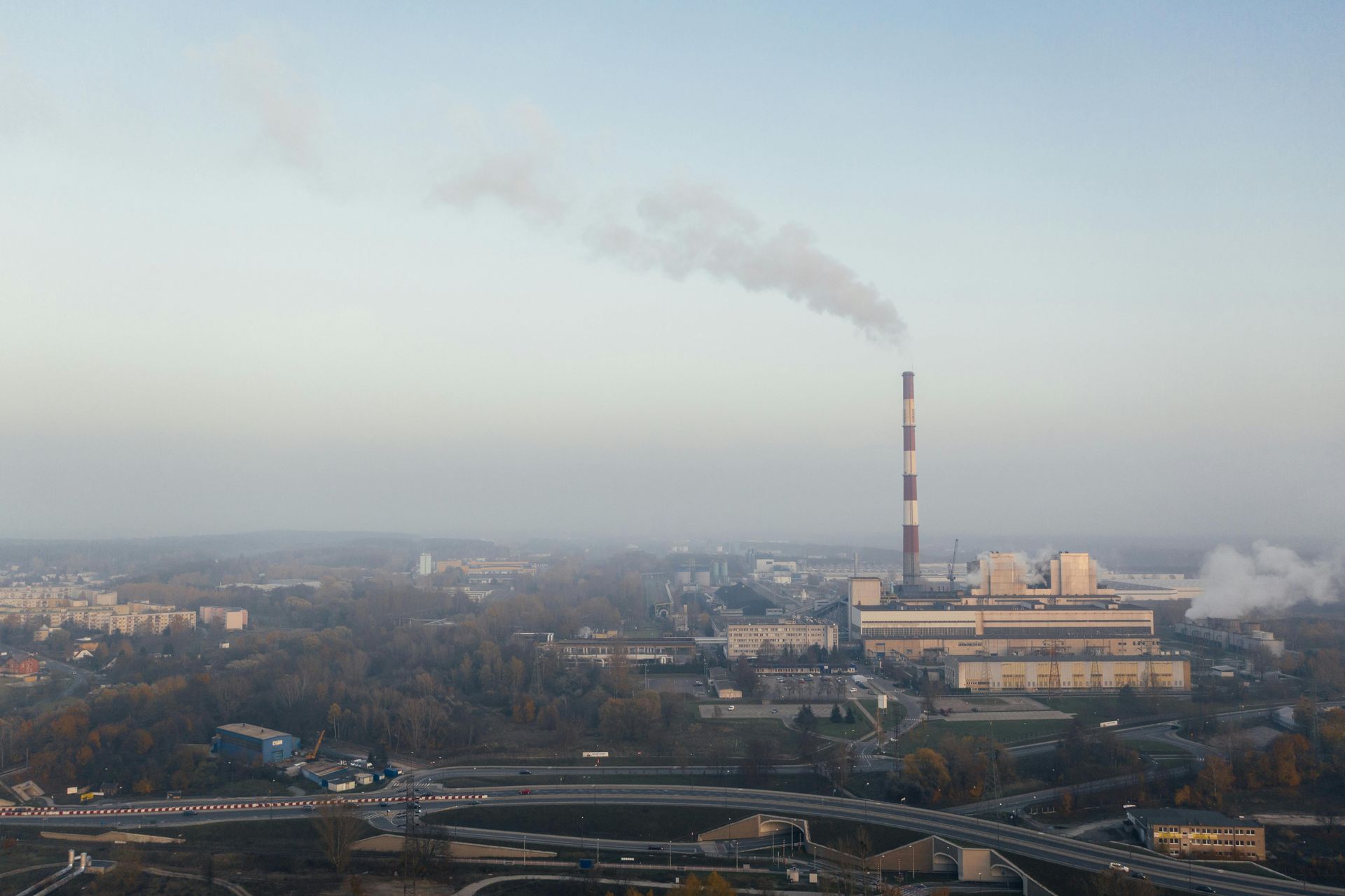 Learn More
Learn MoreFor over a century, U.S. taxpayers have been subsidizing the fossil fuel industry, despite the harmful environmental and health impacts associated with burning coal, oil, and natural gas. The federal government has been providing subsidies to fossil fuel companies since the early 1900s, and these subsidies continue to this day.
What security measures are in place to protect U.S. government tunnels?
 Learn More
Learn MoreThe U.S. government tunnels serve a variety of purposes, ranging from transportation and national security to infrastructure maintenance. These tunnels are strategically built to provide access to key locations and improve the efficiency of various government operations.
One of the world’s biggest cities, Mexico City, may be just months away from running out of water.
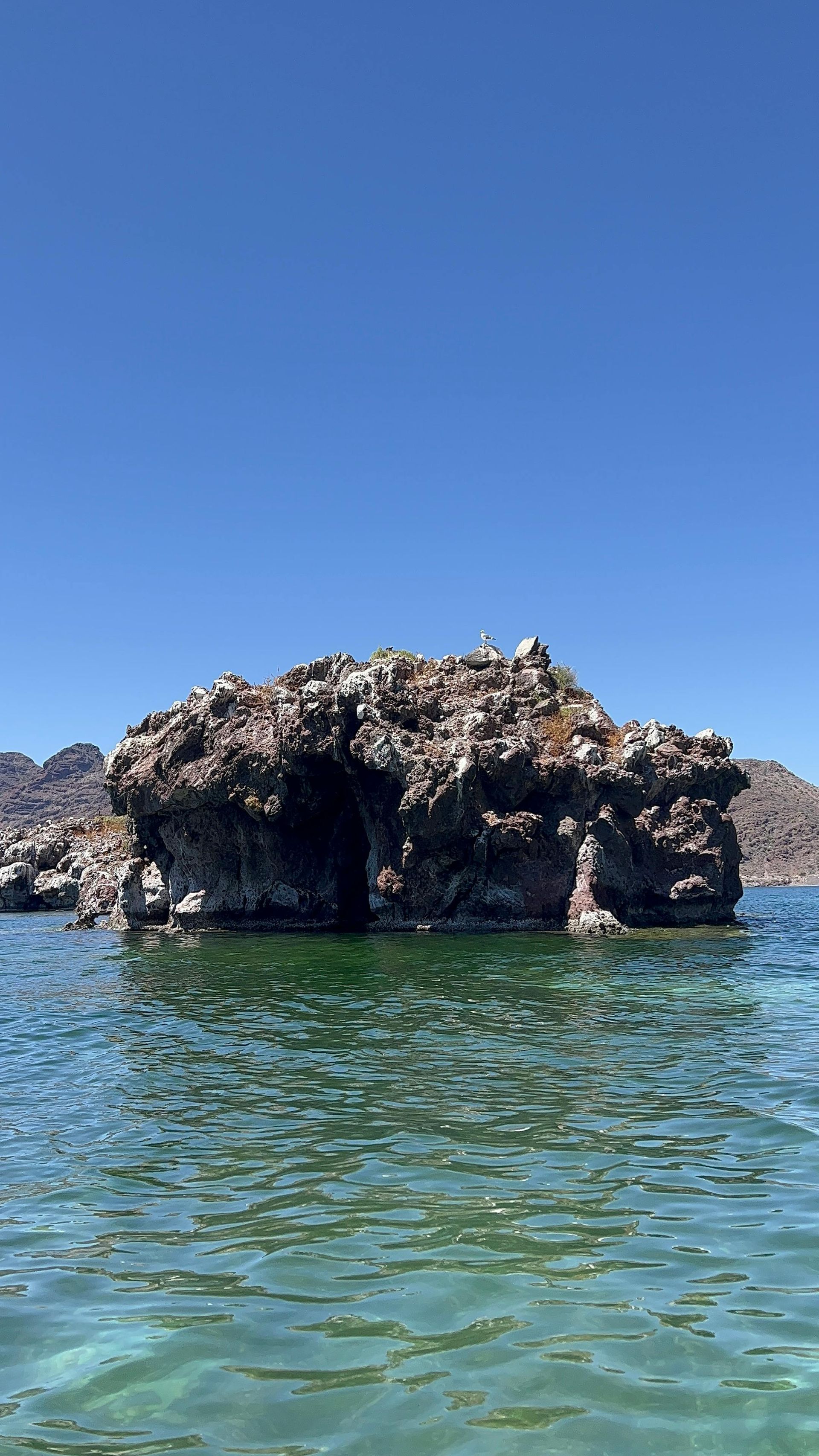 Learn More
Learn MoreMexico City, one of the largest and most populous cities in the world, is facing a looming water crisis. With a population of over 21 million people, the city is rapidly running out of water and could be just months away from running dry.
This Wave happens once in 10,000 Years, what can we learn from studying this wave?
 Learn More
Learn MoreFor centuries, scientists have been studying the natural phenomena that occur in our vast universe. From the explosive power of supernovas to the formation of black holes, these cosmic events have fascinated astronomers, physicists, and astrologers alike.
How are climate change and global warming affecting these tiny organisms?
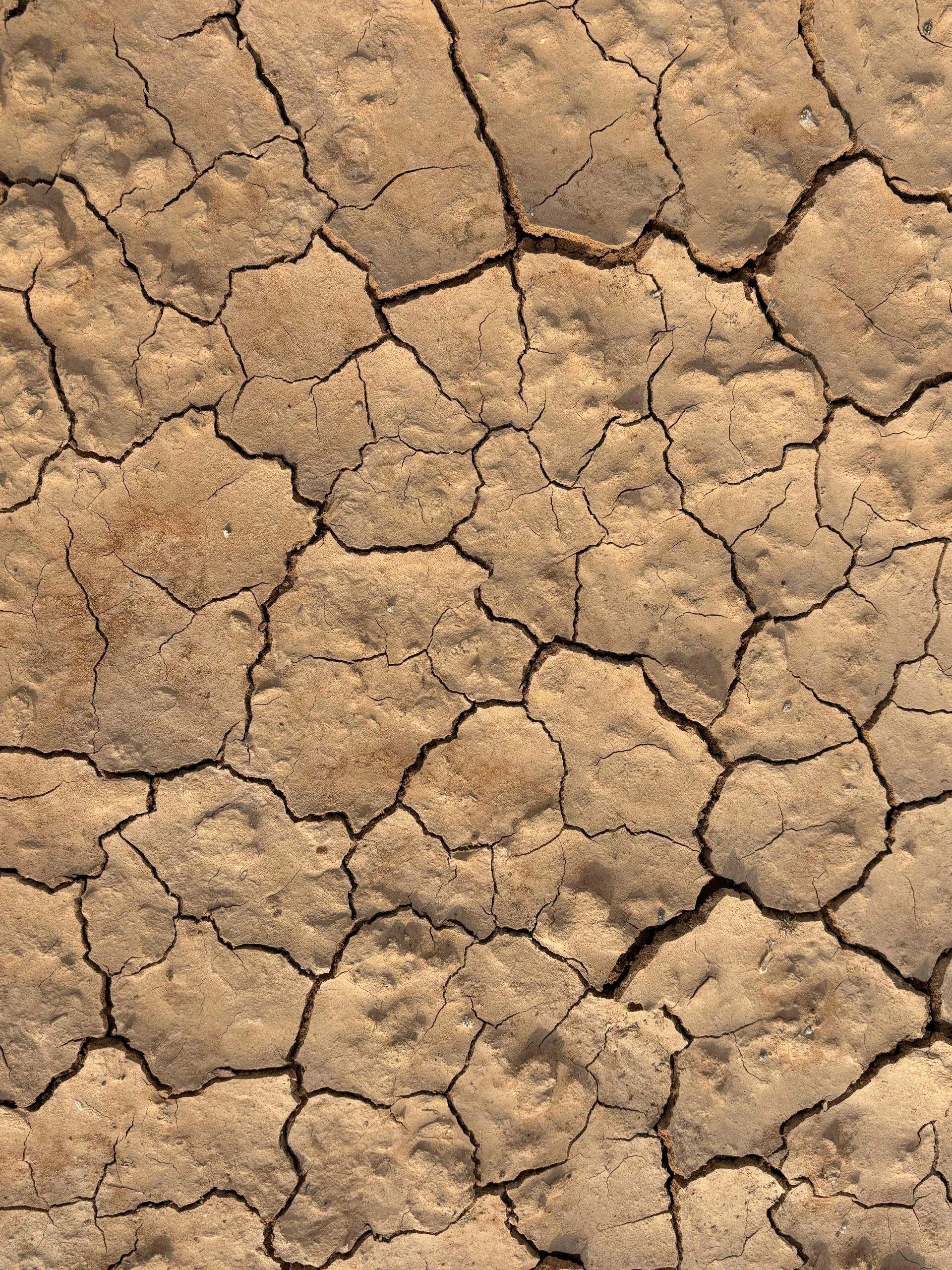 Learn More
Learn MoreTiny organisms are making big moves in Alaska's boreal and Arctic ecosystems, encouraged by climate change. These microscopic organisms, such as bacteria, fungi, and algae, play vital roles in the functioning of these fragile environments. While their small size may make them easy to overlook, their influence on the overall health and stability of these ecosystems is undeniable.
What Is a Pacific Ocean Atmospheric River?
 Learn More
Learn MoreHave you ever heard of a Pacific Ocean Atmospheric River? If not, you're about to dive into an interesting natural phenomenon that plays a significant role in weather patterns and can have a major impact on various regions around the world.
The Reason Why Africa Is Splitting Into two Continents Is Terrifying.
 Learn More
Learn MoreAfrica, known for its rich cultural and geographical diversity, is now facing a shocking development that has left scientists and researchers astounded. The continent is slowly splitting into two separate land masses, and the reason behind this phenomenon is truly terrifying.
Traces of life reveal a 3.4-billion-year-old ecosystem
 Learn More
Learn MoreNew findings have emerged regarding an ancient ecosystem that existed 3.4 billion years ago, providing us with incredible insights into the origins of life on Earth. Traces of ancient life have been discovered, painting a fascinating picture of what our planet once looked like billions of years ago.
A Radioactive threat found in the middle of America's fourth largest city raises alarm.
 Learn More
Learn MoreHouston, Texas - A radioactive threat discovered in the heart of America's fourth-largest city has raised alarm among residents and officials. With a population of over 2 million people, the news of radioactive contamination poses serious health concerns and a potential environmental disaster. Authorities are scrambling to investigate the source of this threat and take immediate action to protect the public.
Looking to tackle a class of Chemicals called PFAS that are known to linger in the Environment.
 Learn More
Learn MorePFAS, short for per- and polyfluoroalkyl substances, are a class of chemicals that have been causing growing concern due to their persistence in the environment. These chemicals are incredibly resistant to degradation, making them capable of lingering in the environment for years or even decades. As a result, they have become widely distributed and can be found in air, water, and soil.
Global Decline in Male Fertility Linked to Common Pesticides.
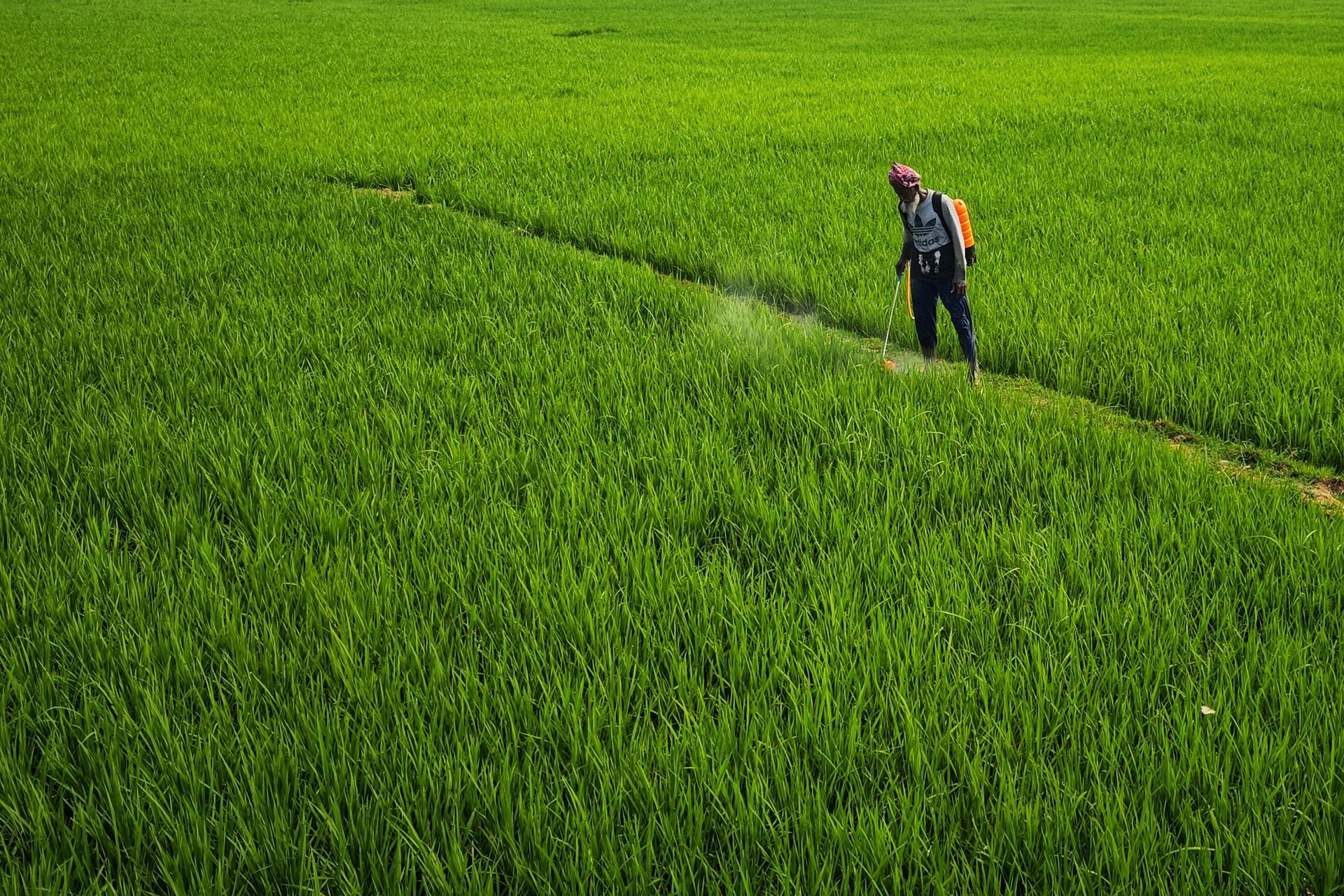 Learn More
Learn MoreIn recent years, there has been a concerning decline in male fertility worldwide. According to various studies, this decline can be attributed, at least in part, to exposure to common pesticides. These findings raise significant concerns about the detrimental impact of these chemicals on human health and emphasize the need for stricter regulations and greater awareness.
California Farms Dried Up a River for Months. Nobody Stopped Them.
 Learn More
Learn MoreIn recent news, it has been revealed that several farms in California have been depleting a river for months without any intervention or repercussions. This disastrous incident raises concerns about the regulations in place to protect our natural resources and the consequences of unchecked practices in the agriculture industry.
Traces of life reveal a 3.4-billion-year-old ecosystem
 Learn More
Learn MoreNew findings have emerged regarding an ancient ecosystem that existed 3.4 billion years ago, providing us with incredible insights into the origins of life on Earth. Traces of ancient life have been discovered, painting a fascinating picture of what our planet once looked like billions of years ago.
Ecosystems, natural resources, and climate patterns.
Ecosystems provide essential services such as regulating air and water quality, pollination, and carbon sequestration. They include forests, wetlands, oceans, and grasslands that support an array of plant and animal species. These diverse ecosystems are not only beautiful and rich in biodiversity, but they also contribute significantly to the country's economy through tourism, agriculture, and other industries.










